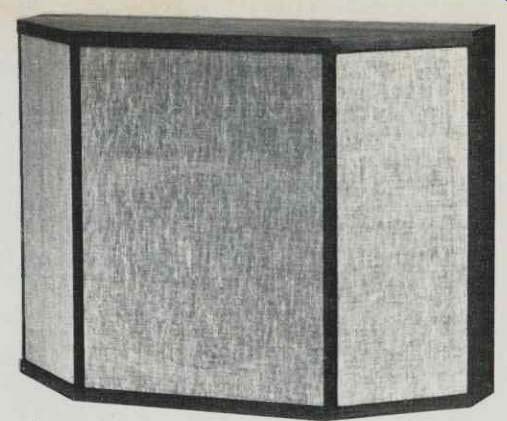
MANUFACTURER'S SPECIFICATIONS
System Type: Three way, acoustic suspension.
Components: One 12 in. woofer; four 1 1/2 in. hemispherical dome mid-range units, and four 3/4 in. hemispherical dome tweeters.
Power Handling Capacity: 1,000 watts for 2 seconds; 23 watts long terms average.
Nominal Impedance: 4 ohms.
Dimensions: 27 1/8 in. W, 20 in. H, 9 7/8 in. D.
Weight: 90 lbs.
Price: $ 600.00.
The Acoustic Research LST was primarily designed for use as a studio monitor-hence the name "Laboratory Standard Transducer" or LST. Nonetheless, because of its wide dispersion, low distortion, and high power handling capabilities, it should be seriously considered by those enthusiasts who are fortunate enough to have fairly large listening rooms. Sensitivity is on the low side, so the LST is ideally suited for the new breed of high power amplifiers like the Marantz 500, Crown 300, and the Phase Linear 700 and 400.
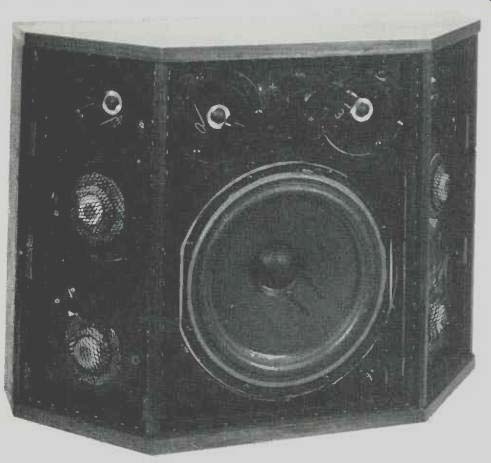
Fig. 1--Showing what is behind the grille cloth.
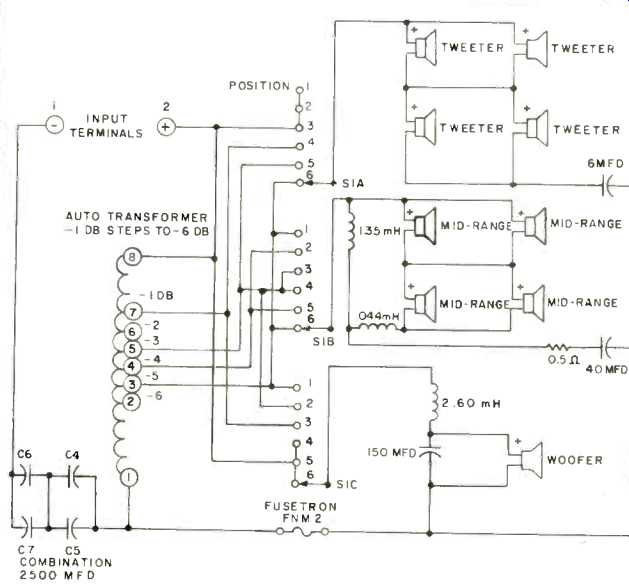
Fig. 2--Crossover circuit.
Nine speaker units are used, a 12 in. heavy-duty bass unit, four 1 1/2 in. mid-range plus four HF domes. Figure 1 shows how these units are placed. Crossover frequencies are 575 Hz and 5 kHz, as in the AR-3a. A six-position switch adjusts the levels of the mid and high frequencies using taps on an auto-transformer (see Fig. 2). Response changes between each step are only in the order of 1 dB, so the effect is quite stable, although the overall difference of 6 dB or so is more than adequate for most requirements. Position 1 gives a rising frequency response above about 500 Hz, position 2 is the normal flat position, and the other four increase the output below 500 Hz. Position 6 gives a slight attenuation above 5 kHz.
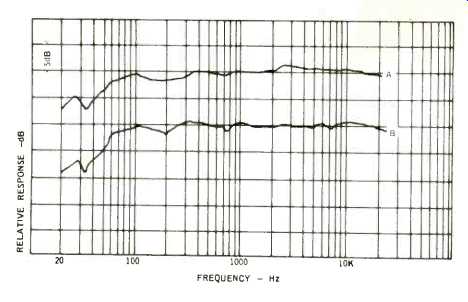
Fig. 3--Frequency response measured with one-third octave pink noise. A is
taken on-axis and B at 60 degrees.
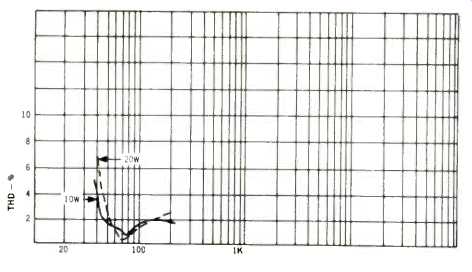
Fig. 4--Distortion at 10 and 20 watts input.
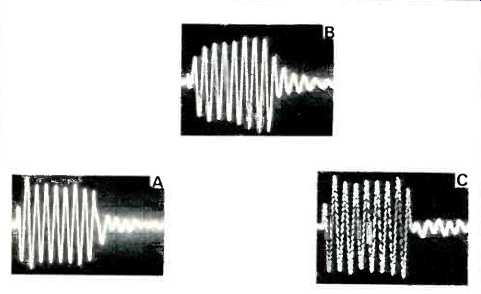
Fig. 5--Tone-burst responses at A, 100 Hz, B, 500 Hz, and C, 5,000 Hz.
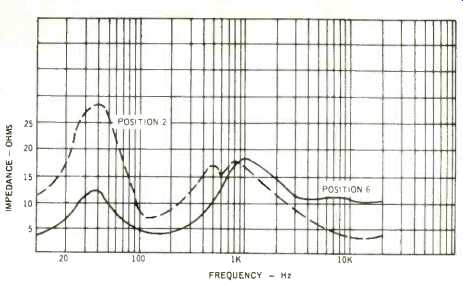
Fig. 6--Impedance curves at positions 2 and 6.
The cabinet is solidly constructed and turns the scale at 90 lbs., so it is no lightweight. Our review models were finished in .walnut but an alternative black finish is available.
Like all AR models, the system is totally enclosed, using the air suspension arrangement pioneered by Ed Villchur. System resonance was just below 40 Hz.
Figure 3 shows the frequency response measured with one-third octave pink noise. The top curve is the response measured on-axis, and B was taken at 60 degrees off-axis.
The difference between these curves is so small that we did not bother to take our usual five intermediate measurements.
Distortion at 10 and 20 watts input is shown in Fig. 4. At 10 watts input, an SPL of 92 dB was measured at a distance of 1 meter for 400 Hz. At a continuous power of 100 watts, an SPL of 102 dB was produced under the same conditions.
Distortion came out at 4.3%, which is remarkably low. Power handling capacity is given as 180 watts for 10 seconds, 64 watts for 30 seconds, and 23 watts long-term average which we found a little conservative. A peak power of over 500 watts could be handled without distress, and at 45 Hz just over 100 watts input was required before frequency doubling or other distortion made themselves heard.
Tone-burst response was good (see Fig. 5), but the high frequency traces show the usual interference effects given by multiple speakers at short distances from the microphone.
White noise tests showed a commendable lack of coloration and again confirmed the wide dispersion. Figure 6 shows the impedance characteristics taken with the level control at position 2 and position 6, and it will be seen that the lowest point is over four ohms.
Listening Tests
The amplifier used for most of the listening tests was a Phase Linear 400 (which gives forth more than 250 watts of power per channel), and the preamp was a Sony 2000F-a nice combination. Tuner was a Sherwood SEL-200 and the phono pickup a Decca Mk V or an ADC 25. The first chore was to find the best positions for the speakers, and we finally placed them near the corners, about two feet out into the room and on a stand some 16 in. high. Bass was rather too heavy if the units were stood on the floor, although high frequency dispersion was still good. It has often been said that lab measurements tell only part of the story--so they do but a lot can be learned from them, and so we expected a high standard of performance from the LST's just on the basis of the tests. And we were not disappointed. Sound was clean with an effortless quality, not unlike the best electrostatics. Bass was full but well-defined with none of the spurious resonances that spoil some otherwise excellent systems. Transient response was excellent and the wide dispersion gave a good stereo image without that vagueness inherent in many so-called omni-directional systems. Some quadraphonic discs were played using a Sony 2000F decoder, a Sony 1130 amplifier, and two AR-3a's for the rear channels. Because the 3a's use the same basic units, as the LST, the image was stable and results were very satisfactory indeed. One of the records used was the new E. Power Biggs' "Music for Organ, Brass, and Percussion," recorded in St. George's Church, New York. The organ is a five-part Möller with a gallery section at the rear, and so there are contrapuntal effects that are very effective in this medium. You can really feel those low notes too. Incidentally, the best position for that level switch was the "flat" position, No. 2, but in another more heavily damped room, No. 1 was considered best.
Summing up, the AR LST must be considered one of the best speaker systems now available. If only some of our recording studios can be persuaded to use them in preference to the "presence-peaked" monitors, maybe record quality would improve.
-T.A. & G.W.T.
(Audio magazine, Dec. 1972)
Also see:
AR (Acoustic Research) AR-7 loudspeaker (ad, Feb. 1973)
AR M1 Speaker (Equip. Profile, Jan. 1992)
Acoustic Research AR98LS Speaker (Jan. 1985)
AR (Acoustic Research) MGC-1 loudspeaker (ad, Nov. 1986)
AR-7 loudspeaker (Equip. Profile, Feb. 1973)
= = = =